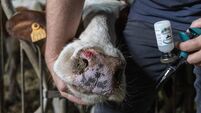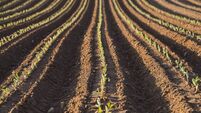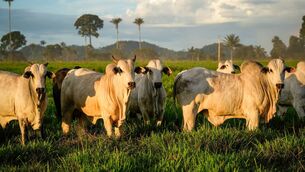Agriculture’s role in fight against global warming
Farmers can reduce carbon emissions by reducing or conserving tillage, fertilising with livestock manure, reducing livestock numbers, and cutting their fuel and power use.
They could be compensated for these actions by governments, or companies which are over-polluting could purchase carbon credits off them.













